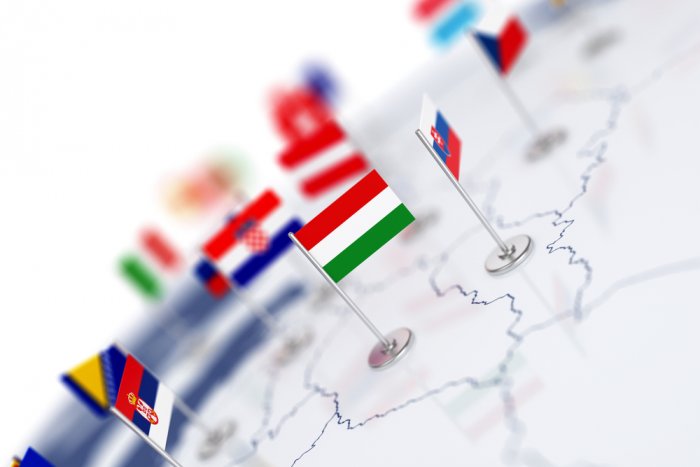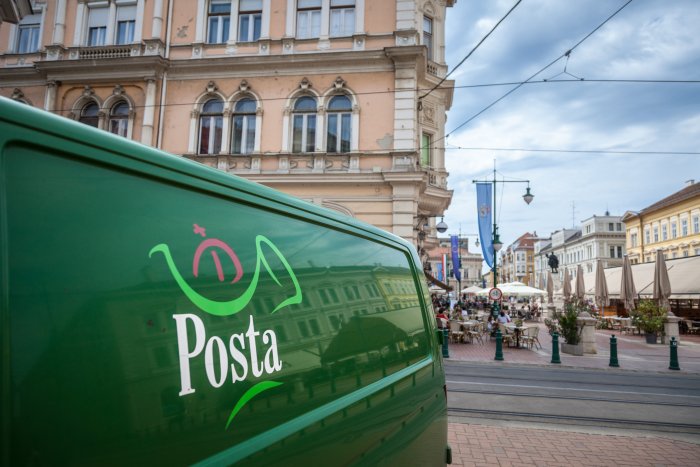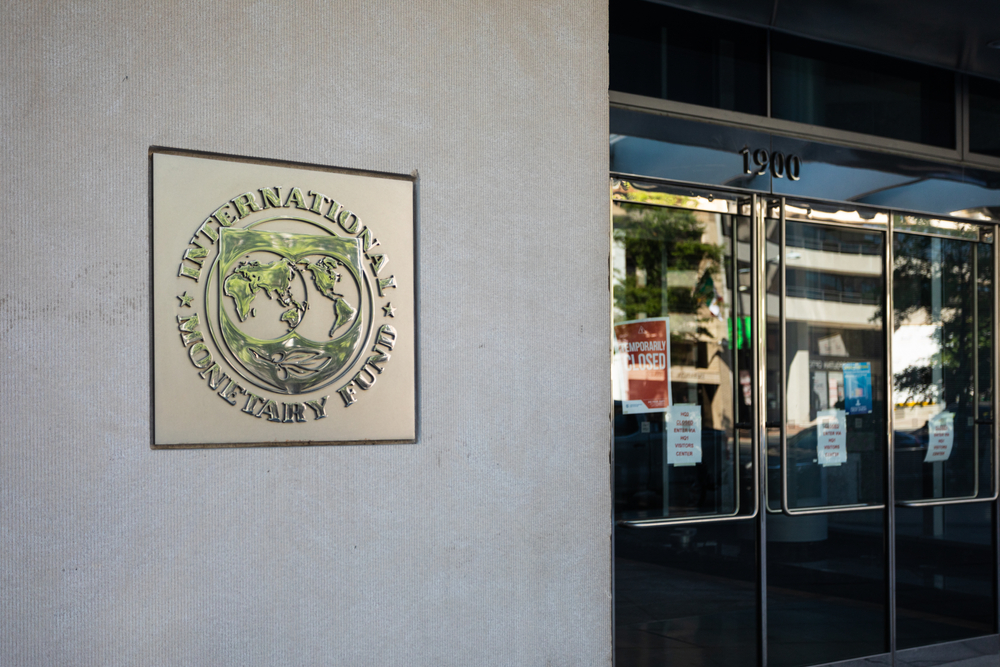CEE outperforms EU peers in economic recovery from COVID

CEE outperformed other EU countries in 2020 in terms of economics, hopefully returning to a strong income convergence to Western Europe in 2021, according to research presented by Skanska and SpotData, the Warsaw Business Journal reports.
The research presents the 100 most important economic trends in the CEE region at the threshold of 2021 opportunities and risks.
The global economy is managing much better during the COVID-19 pandemic than expected. One reason is that businesses are adapting to uncertainty and the new reality. Hybrid working models, teleconferences, digital back-office procedures, digital trade fairs, new business models – all this helped withstand the shock in most sectors, according to the Skanska and SpotData report on 100 trends defining the CEE economies in 2021.
"We are observing new trends and business transformations that are appearing in the market, which will shape the future. They create new opportunities and the new normal which will be our reality going forward. Together with the analytics company SpotData, we have listed them in the '100 trends in CEE economies' report. Our goal is to demonstrate their impact on CEE. After all those analyses and multiple discussions with different stakeholders, we are certain that CEE has a bright future and is a good place to invest, from the perspectives of both corporations and financial investors," Katarzyna Zawodna-Bijoch, president and CEO at Skanska commercial development business unit in CEE, said.
"Investors and economists gradually come to the conclusion that the pandemic crisis is not as damaging as other types of recessions. The report contains inspiration for analysis and forecasts for the coming year and subsequent years to come. It covers the most significant areas of the CEE economic environment and highlights the key trends that will shape the region, including those in real estate," Adrian Karczewicz, head of divestments at Skanska commercial development business unit in CEE, commented.
The paper shows the difficulties and perhaps opportunities of improving the region, even in the post-pandemic reality. The authors highlight the main trends that are going to drive further development of countries like Poland, Romania, the Czech Republic, and Hungary.
SUPPORT THE BUDAPEST BUSINESS JOURNAL
Producing journalism that is worthy of the name is a costly business. For 27 years, the publishers, editors and reporters of the Budapest Business Journal have striven to bring you business news that works, information that you can trust, that is factual, accurate and presented without fear or favor.
Newspaper organizations across the globe have struggled to find a business model that allows them to continue to excel, without compromising their ability to perform. Most recently, some have experimented with the idea of involving their most important stakeholders, their readers.
We would like to offer that same opportunity to our readers. We would like to invite you to help us deliver the quality business journalism you require. Hit our Support the BBJ button and you can choose the how much and how often you send us your contributions.







